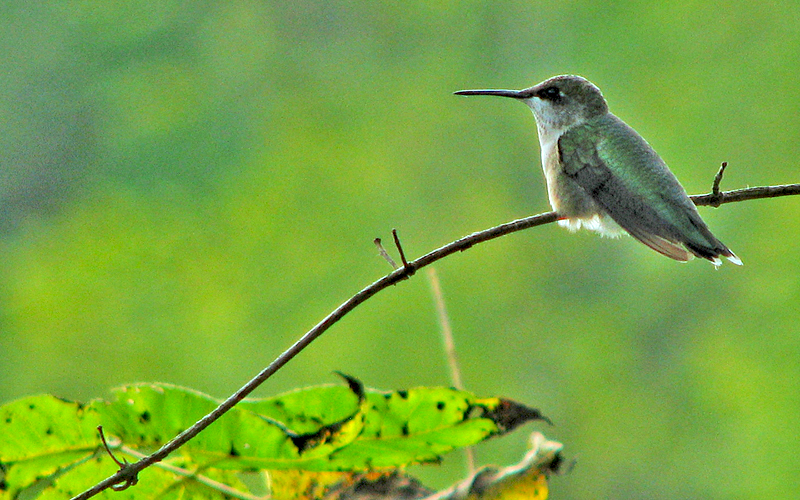As anyone who has been following this blog for any length of time knows, Nature, both here on Earth and out into Universe, is my spiritual source, my "religion" if you will. But this religion has no gods or goddesses to worship and obey; I don't need a transcendent entity to feel wonder and awe at my surroundings. Nor do I need such to tell me the difference between good and evil, or to threaten me with punishment if I do evil; I believe that this is natural to human nature, that we know by instinct what is good and what is hurtful, and that we only do the hurtful out of personal, knowledgeable choice, or out of fear and pain.
The "prophets" of this "religion" are my heroes - Henry David Thoreau, John Muir, Rachel Carson, Carl Sagan, Annie Dillard, Stephen Hawking, and others like them. And the "scriptures" of my "religion" are the writings of these people and others like them. The Universe is full of wonder, and these people reflect that wonder as well, whether through poetry or through science, and describe it better than I can, providing further inspiration to the panoply of ongoing creation around us. My photography also reflects this wonder in me at what I see and experience.
Recently I discovered a musician who also reflects this wonder at the Universe around us, from both a poetic and scientific perspective. His name is Peter Mayer. He's Jimmy Buffet's guitarist, plus he has his own solo career. I ran across his song My Soul from his Midwinter album while looking for music for the Winter Solstice, and then featured more music from that album on my Facebook timeline. Plus today I featured his One More Circle on my New Year's Eve session on Facebook. I'd like to introduce you to some of his music that addresses the same things I talk about above. I do believe I've run across a kindred spirit!
Photos © 2008 - 2017 by A. Roy Hilbinger


























































.jpg)


























